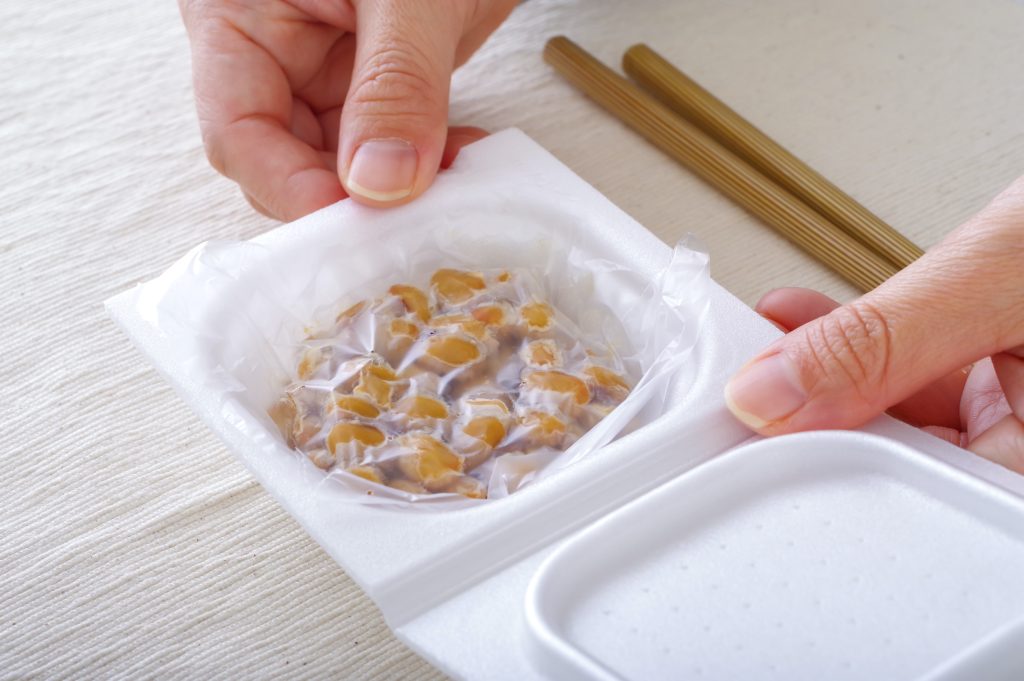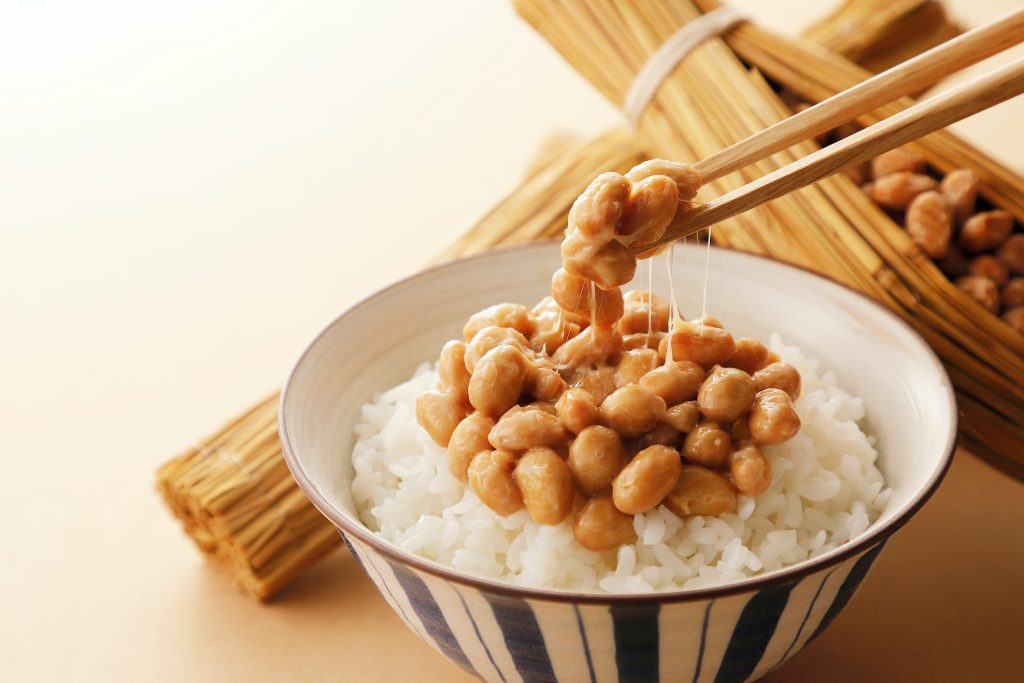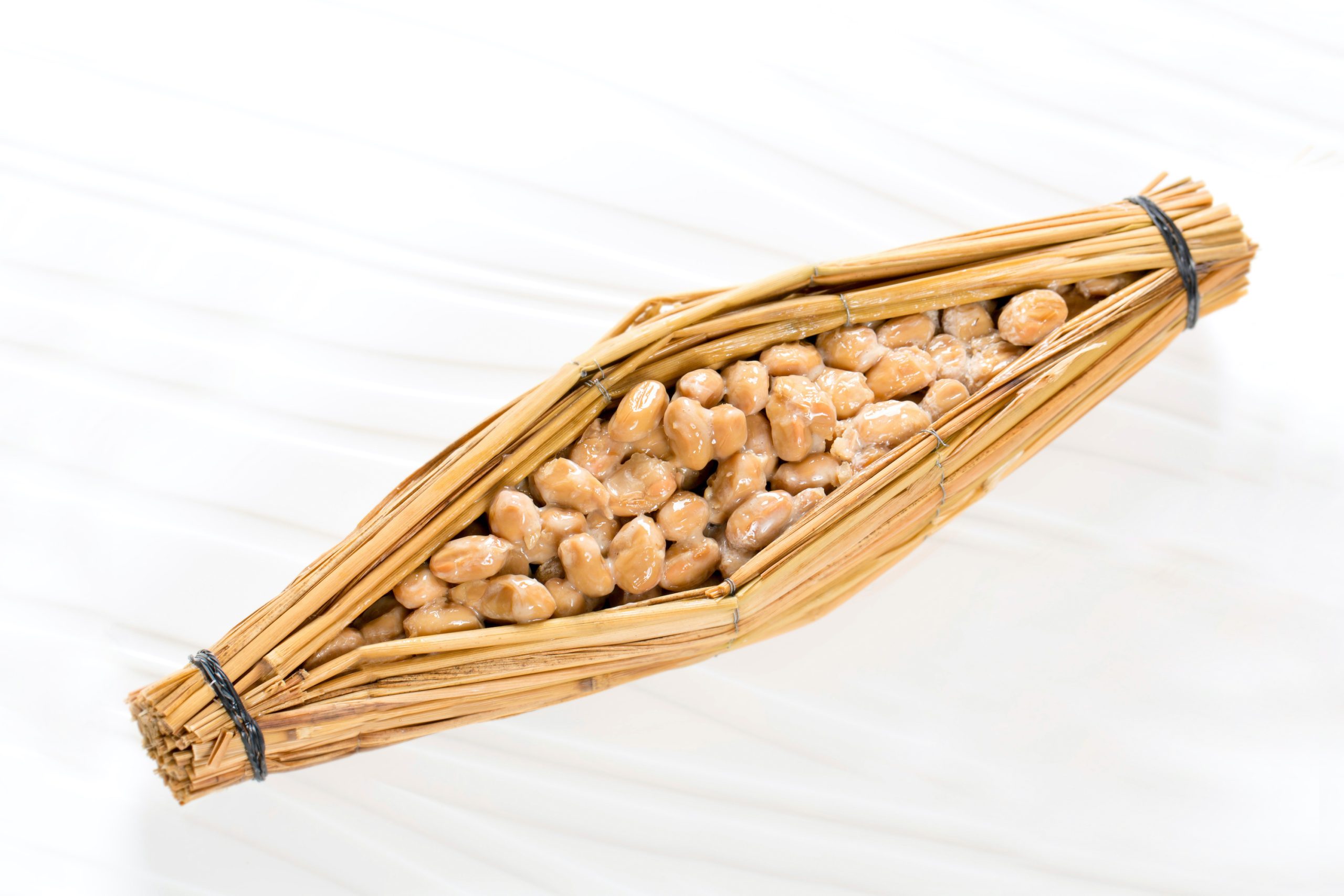Natto is more than just a food — it’s a symbol of Japanese tradition, a nutritional powerhouse, and a rising star in the global health food scene. Whether you’re a culinary professional or a food enthusiast exploring the world of fermentation, discovering natto can open doors to unique flavors and better gut health. In this article, we’ll explore what natto is, why it matters, and how you can start enjoying it today.
What Is Natto and Why Is It Special?
Understanding what natto is and why it holds a special place in Japanese cuisine is the first step to appreciating its value as a fermented superfood. Let’s delve into its meaning, history, production, and flavor.
The Meaning of “Natto” in Japanese
Natto (納豆) is a traditional Japanese dish made from fermented soybeans. The word “natto” in Japanese refers to these sticky, pungent beans that have been a staple in Japanese cuisine for over a thousand years. It’s a classic breakfast food in many households, often served over rice with Japanese mustard and soy sauce.
The History and Origins of Natto in Japan
The origins of natto are deeply rooted in Japanese history, with legends dating back to samurai times. It was likely discovered accidentally when cooked soybeans were stored in straw, which naturally harbors the bacteria Bacillus subtilis. This friendly microbe kickstarts the fermentation process that gives natto its characteristic texture and flavor.
How Natto Is Made
Making natto involves fermenting soybeans using Bacillus subtilis natto. The soybeans are steamed, inoculated with the bacteria, and left to ferment for 24 hours at a warm temperature. The result? A unique food packed with enzymes, including nattokinase, and known for its stringy texture.
What Does Natto Taste Like?
To the uninitiated, natto’s strong smell and sticky texture can be challenging. However, many people grow to love its umami-rich flavor. Adding green onions, soy sauce, or even a raw egg can mellow its aroma and enhance the taste. Mix it well — some say 100 times! — for a smoother, creamier texture.
Natto’s Unique Nutrition

Natto, a traditional Japanese fermented soybean dish, may be known for its strong aroma and sticky texture, but beneath the surface lies a powerhouse of nutrients and functional compounds.
Itohiki Natto is incredibly nutritious. A 100-gram serving contains:
- 184 calories
- 16.5g protein
- 6.7g fiber
- 690mg potassium
- 91mg calcium
- 100mg magnesium
- 870μg vitamin K2
*Source: Standard Tables of Food Composition in Japan (8th Edition) Supplementary Edition 2023
In addition to the five major nutrients, it is also unique in that it contains nattokinase and natto bacteria, which are obtained during the fermentation process.
The nutrients contained in natto and health benefits
What are the health benefits of the ingredients in natto? Variety of health-supporting effects:
- Digestive & Gut Health: Its combination of probiotics and fiber helps cultivate a healthier gut microbiome—essential for digestion, immune defense, and mental well-being.
- Blood Pressure and Cardiovascular Support: Nattokinase may help maintain smoother blood flow and support healthy blood pressure, making it a natural complement to a heart-friendly lifestyle.
- Calcium metabolism support: Studies suggest vitamin K2 may help support bone strength and cardiovascular health, making natto a valuable addition to your diet.
In Japan, natto is seen as a food of longevity. Its synergy of enzymes, nutrients, and good bacteria contributes to overall vitality and wellness, especially as part of a balanced, fermented-food-rich diet. For those exploring gut health foods or considering fermented foods beyond yogurt or kimchi, natto offers an excellent, uniquely Japanese option.
「gut health」記事リンク
How to Eat Natto: Recipes and Flavor Tips

Wondering how to incorporate natto into your meals? Whether you’re new to natto or looking to explore creative recipes, here are several delicious ways to enjoy this traditional Japanese dish.
Traditional Ways to Enjoy Natto
In Japan, natto is commonly eaten over hot rice with a dash of soy sauce and Japanese mustard. You might also find it in miso soup, rolled into sushi (natto roll), or served with chopped green onions and a raw egg.
Natto for the Global Palate
Chefs and home cooks around the world are experimenting with natto. Try it in salads, pasta, tacos, or even as a topping on avocado toast. Want dessert? Adventurous foodies have tried natto ice cream!
Tips for First-Time Eaters
If you’re new to natto, start small. Mix it well, add some flavorful toppings, and let your taste buds adjust. The key is to treat it like cheese — an acquired taste that’s worth the effort.
Natto vs Other Fermented Foods
With the rise of fermented foods around the world, how does natto stack up against others like yogurt, kimchi, and miso? Here’s a quick comparison to help you understand its unique qualities. Unlike yogurt or miso, natto is rich in both probiotics and active enzymes like nattokinase. It offers a distinct texture and deeper nutritional profile, especially for those seeking plant-based superfoods.
「fermented food」記事リンク
Learn More: Join Our Fermented Food Newsletter
Curious to learn more about natto and Japanese fermentation? Our newsletter offers a gateway into the world of traditional Japanese food, health insights, and exclusive content tailored for culinary enthusiasts.
” 耀 Hikari ” – gastronomy
If you’re intrigued by natto and Japanese fermented cuisine, sign up for our newsletter. You’ll receive occasional tips, and insights into the world of Japanese fermentation. Plus, learn about travel programs in Japan that include hands-on fermented cooking experiences and workshops.
Conclusion: Try Natto and Unlock the Secrets of Japanese Wellness
Natto is a humble food with powerful potential. Whether you’re looking to improve your gut health, explore new ingredients, or connect with Japanese culture, natto is a great place to start. Add it to your meals, share it with others, and join a growing global community discovering the joys of fermented living.

No responses yet